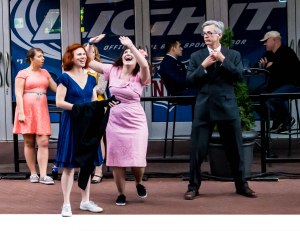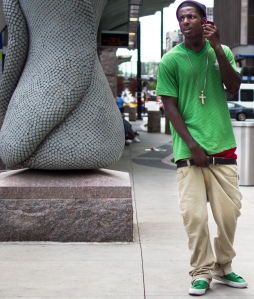Harlequin (/ˈhɑrləˌkwɪn/; Italian: Arlecchino, French: Arlequin) is the most popularly known of the zanni or comic servant characters from the Italian Commedia dell’arte. It was introduced by the successful Italian actor Tristano Martinelli in the 1580s, and it became astock character after Tristano’s death in 1630. The derived genre of the Harlequinade, where the Harlequin character takes center stage, came to England in the 18th century (John Rich).
The Harlequin is characterized by his chequered costume. His role is that of a light-hearted, nimble and astute servant, often acting to thwart the plans of his master, and pursuing his own love interest, Colombina, with wit and resourcefulness, often competing with the sterner and melancholic Pierrot. He later develops into a prototype of the romantic hero. Harlequin inherits his physical agility and his trickster qualities, as well as his name, from a mischievous “devil” character in medieval passion plays.
In Victorian England, the Harlequin was routinely paired with the clown figure. The clown with his brutishness acted as a foil for the more sophisticated Harlequin. The most influential such pair were the Payne Brothers, active during the 1860s and 1870s, substantially shaping the 20th-century “slapstick” genre.





